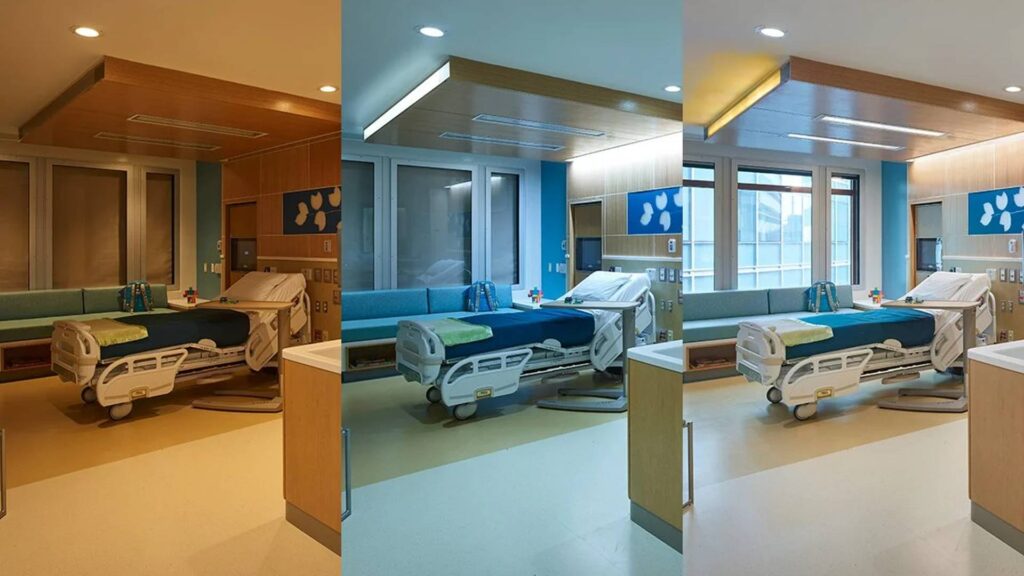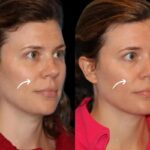Sleep quality and daily performance depend on more than habits or routines. The light you face during the day and evening shapes how your body works. Many people spend hours under artificial light that does not match natural cycles. This mismatch can lead to fatigue, poor concentration, and restlessness at night. Circadian lighting provides a straightforward way to synchronize light exposure with your natural rhythm, enabling you to rest better and work more effectively.
Understanding Circadian Rhythms
Your body follows a natural 24-hour cycle known as the circadian rhythm. This internal clock regulates sleep, alertness, and even hormone production. Light exposure is one of the most powerful signals that influences this rhythm. When light patterns do not align with your natural cycle, you may struggle with poor sleep, fatigue, and reduced focus during the day.
What Is Circadian Lighting?
Circadian lighting is designed to mimic the natural changes of sunlight throughout the day. Unlike standard lighting, which often maintains a constant brightness and color, circadian lighting adjusts in tone and intensity to match the body’s needs. Bright, cooler light in the morning stimulates alertness, while softer, warmer light in the evening helps the body prepare for rest.
Benefits of Sleep
Good sleep depends on clear signals to the brain about when to wind down. Exposure to the right type of light in the evening can support the release of melatonin, the hormone responsible for sleep. At the same time, exposure to bright morning light helps reset the circadian rhythm each day, making it easier to fall asleep at night. By incorporating circadian lighting into your routine, you can help your body establish a healthier sleep cycle.
Boosting Productivity at Work
The benefits of circadian lighting extend beyond better rest. Offices and workspaces often use artificial light that is too dim or has the wrong color temperature, resulting in drowsiness and a lack of concentration. By utilizing dynamic lighting that mimics natural rhythms, workers can remain more alert and engaged throughout the day. Improved focus and energy often translate into higher productivity and reduced stress.
Applications in Daily Life
Circadian lighting can be applied in a wide range of settings. Here are some examples where it makes a meaningful difference:
- Homes: Supports both adults and children in maintaining healthy routines.
- Offices: Enhances focus, reduces fatigue, and boosts performance.
- Schools: Helps students stay alert and attentive during lessons.
- Healthcare: Benefits patients who spend extended time indoors.
These applications show that circadian lighting is not limited to personal use. It can create healthier environments across communities and workplaces.
Simple Ways to Get Started
You do not need a complete system upgrade to see improvements. A few small steps can make a difference:
- Use brighter, cooler light in the morning to signal wakefulness.
- Transition to warmer, dimmer light in the evening to encourage relaxation.
- Limit screen exposure before bedtime to avoid sleep disruption.
- Try smart bulbs or adaptive lighting systems that adjust automatically to suit your needs.
Even these simple changes can improve both rest at night and energy during the day.
Conclusion
Lighting plays a direct role in shaping your health, energy, and efficiency. By aligning light exposure with your natural rhythm, circadian lighting helps improve both sleep and daytime performance. Whether at home or in the workplace, adopting this approach can lead to lasting improvements in overall well-being.



